Abstract
During the period 1966-77, 24 strains of Flavobacterium odoratum were identified from among strains of Gram-negative, non-fermentative bacteria submitted to the National Collection of Type Cultures for computer-assisted identification. The F. odoratum strains showed resistance to therapeutic levels of gentamicin, tobramycin, amikacin, and carbenicillin as well as to several other antimicrobial agents generally useful in the treatment of infections caused by Gram-negative, non-fermentative bacteria. Two strains isolated from amputation stumps and another three strains isolated in significant numbers from urine specimens were possibly opportunist pathogens. The biochemical characteristics of the 24 strains, the proposed neotype strain of F. odoratum, and three strains representative of a group, referred to at the Center for Disease Control, Atlanta as group M-4f, were compared with those of biochemically similar species which may be isolated from clinical material.
Full text
PDF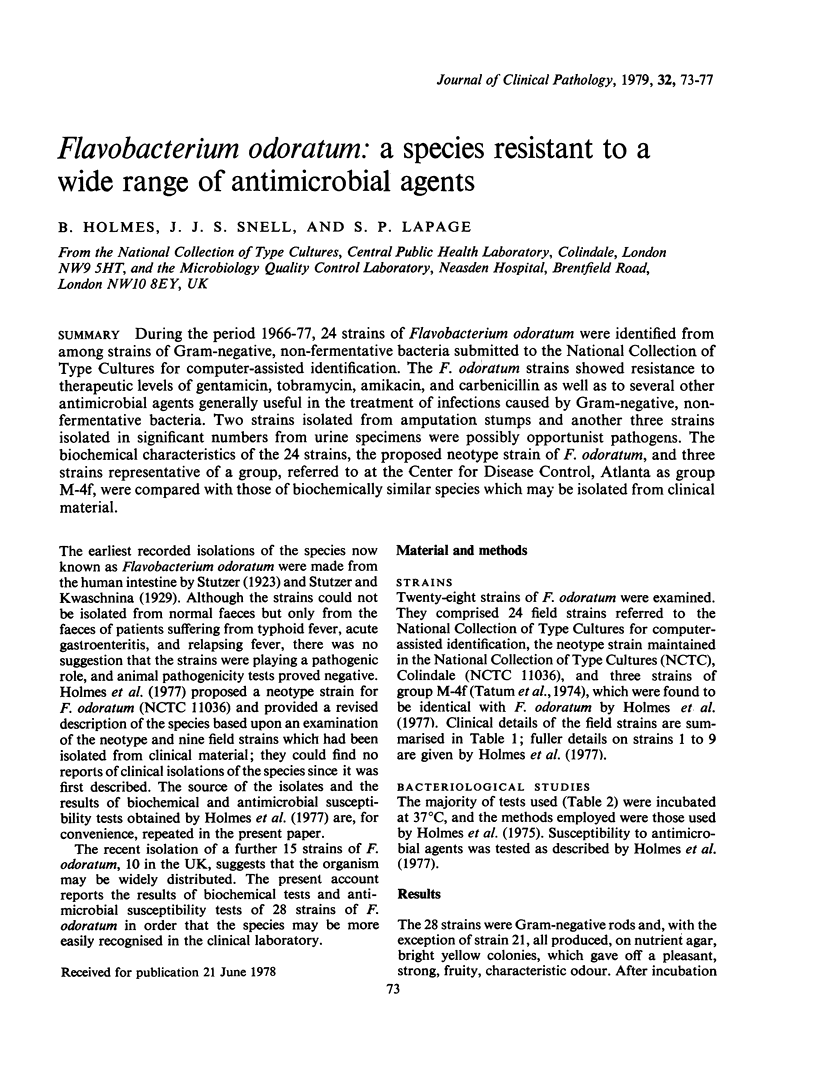
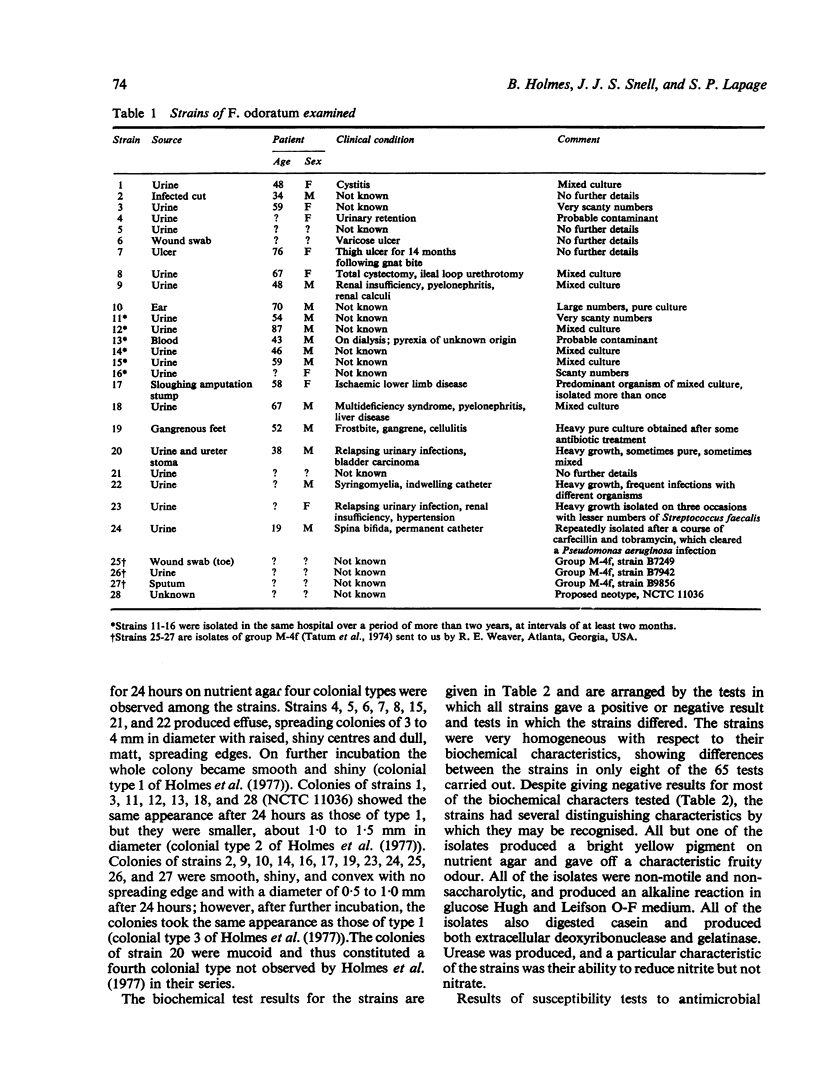
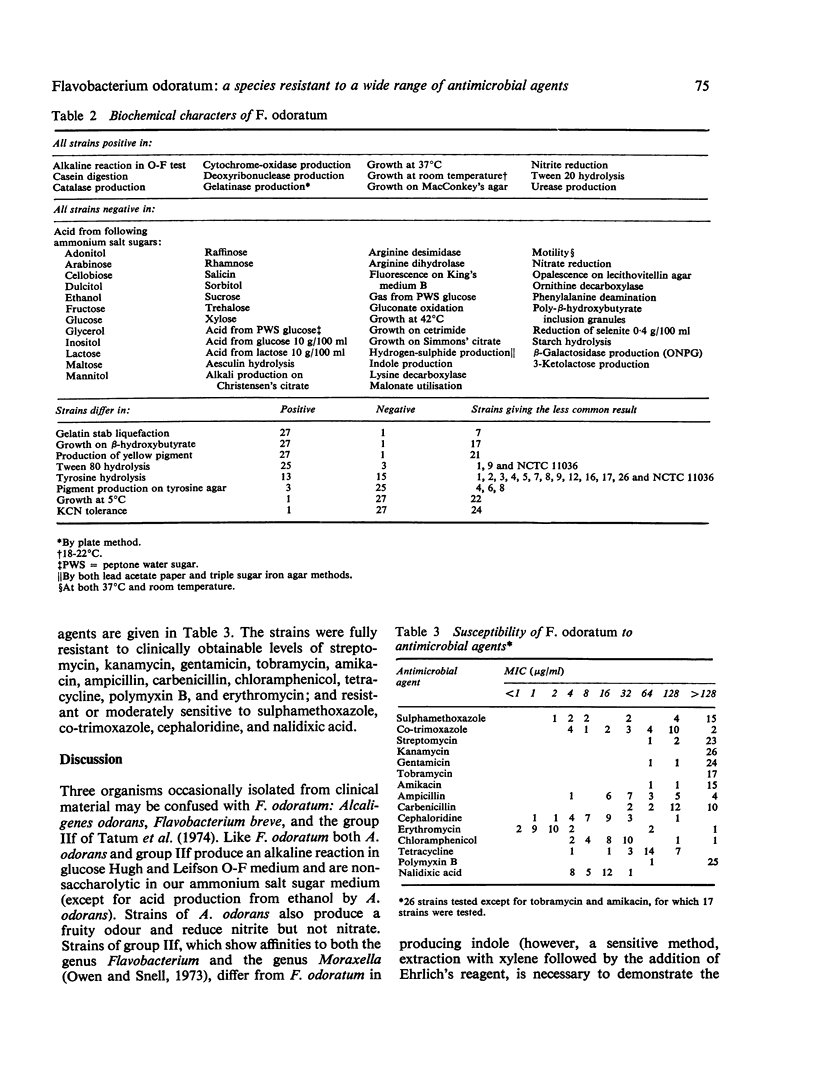
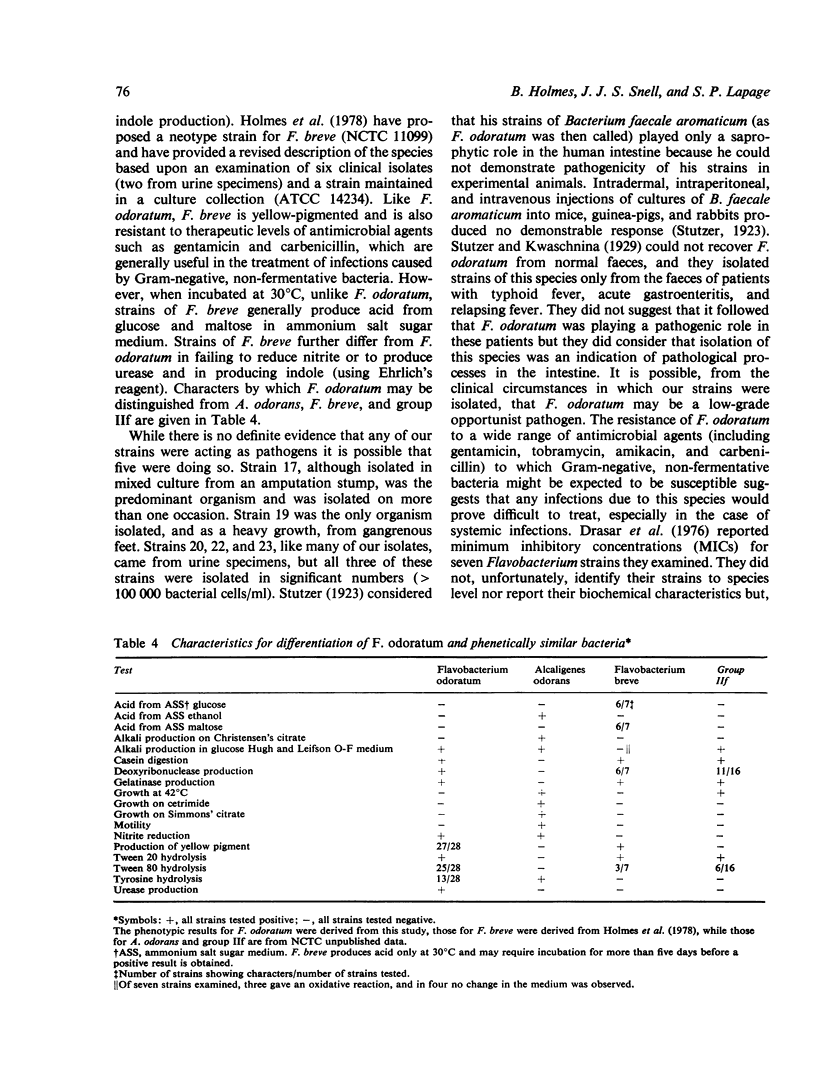
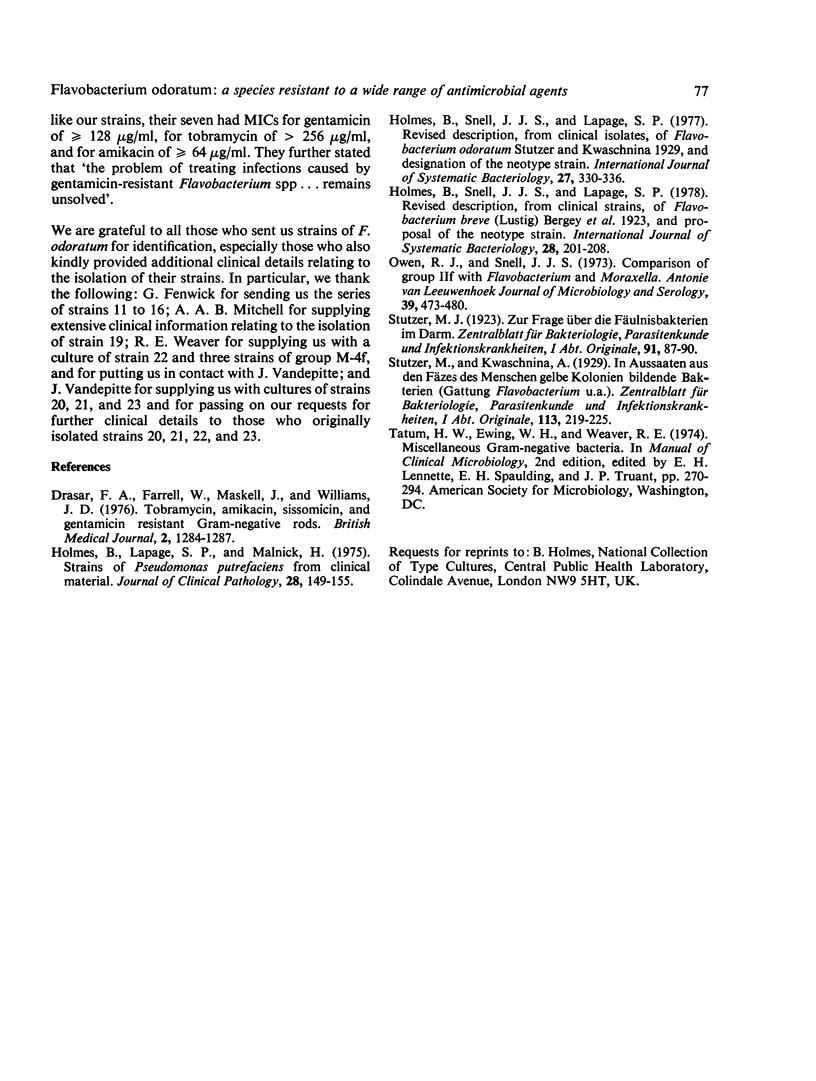
Selected References
These references are in PubMed. This may not be the complete list of references from this article.
- Drasar F. A., Farrell W., Maskell J., Williams J. D. Tobramycin, amikacin, sissomicin, and gentamicin resistant Gram-negative rods. Br Med J. 1976 Nov 27;2(6047):1284–1287. doi: 10.1136/bmj.2.6047.1284. [DOI] [PMC free article] [PubMed] [Google Scholar]
- Holmes B., Lapage S. P., Malnick H. Strains of Pseudomonas putrefaciens from clinical material. J Clin Pathol. 1975 Feb;28(2):149–155. doi: 10.1136/jcp.28.2.149. [DOI] [PMC free article] [PubMed] [Google Scholar]
- Owen R. J., Snell J. J. Comparison of group IIf with Flavobacterium and Moraxella. Antonie Van Leeuwenhoek. 1973;39(3):473–480. doi: 10.1007/BF02578890. [DOI] [PubMed] [Google Scholar]


